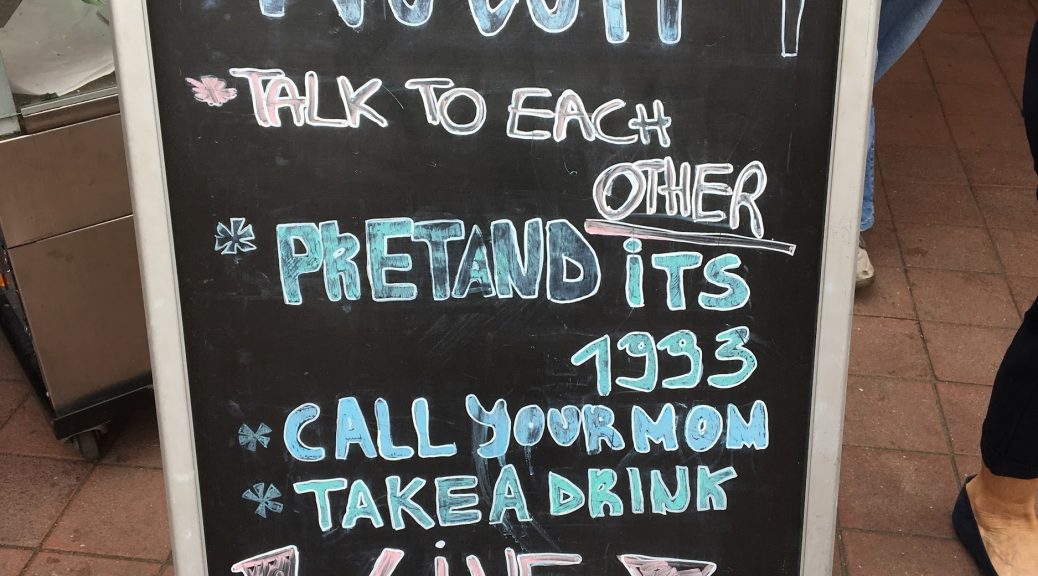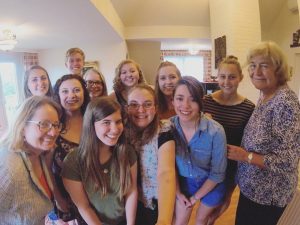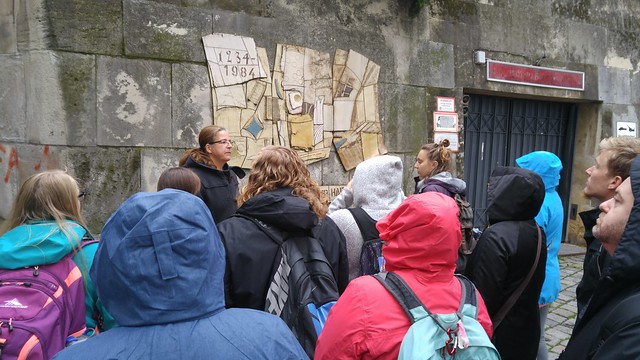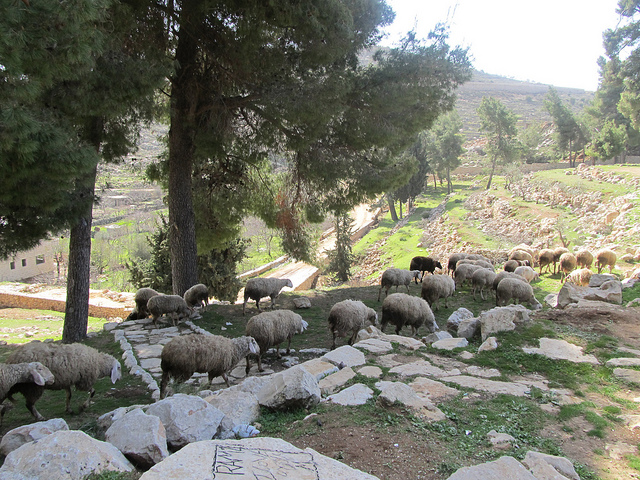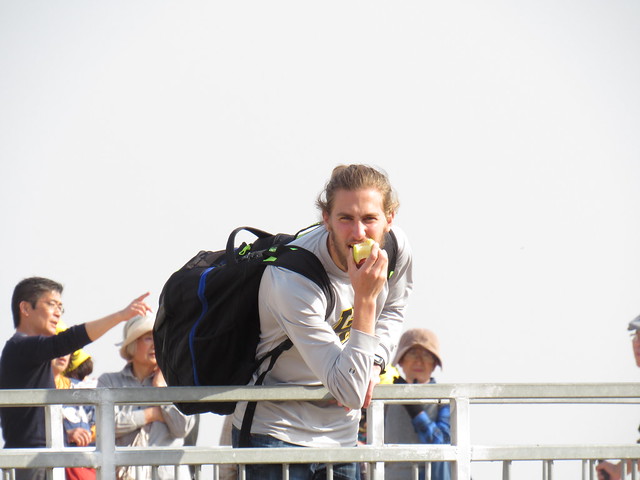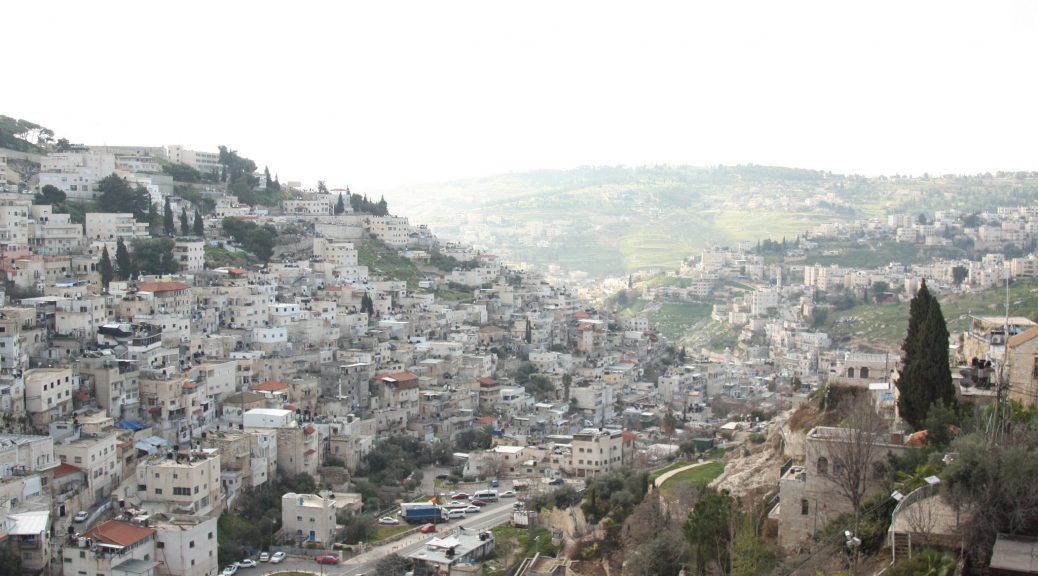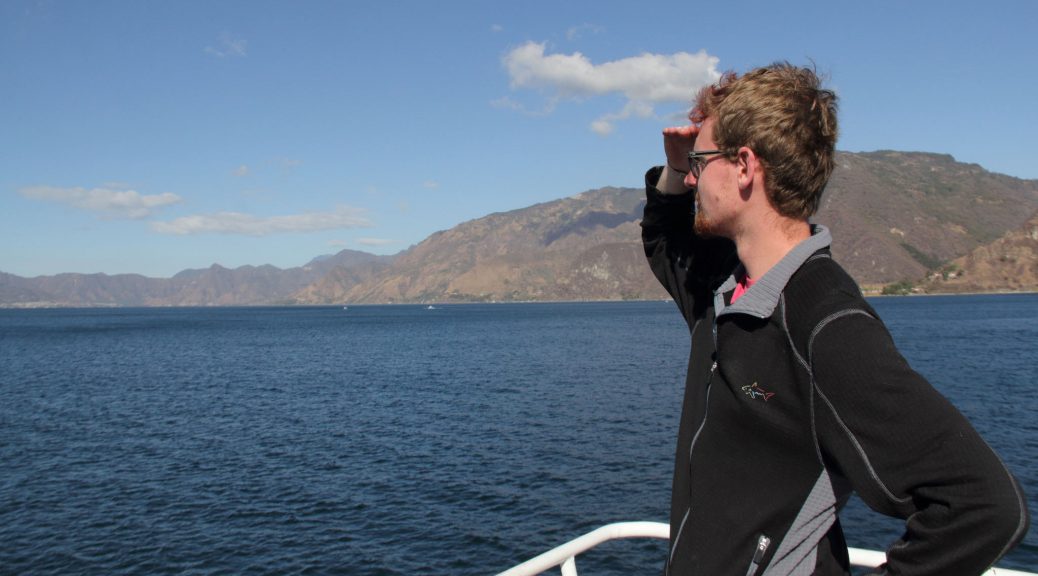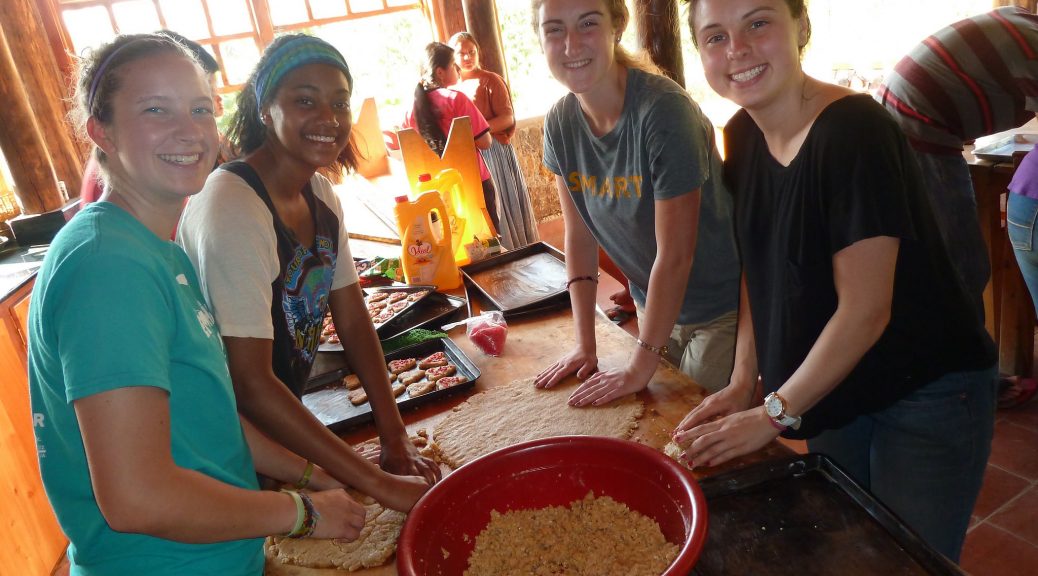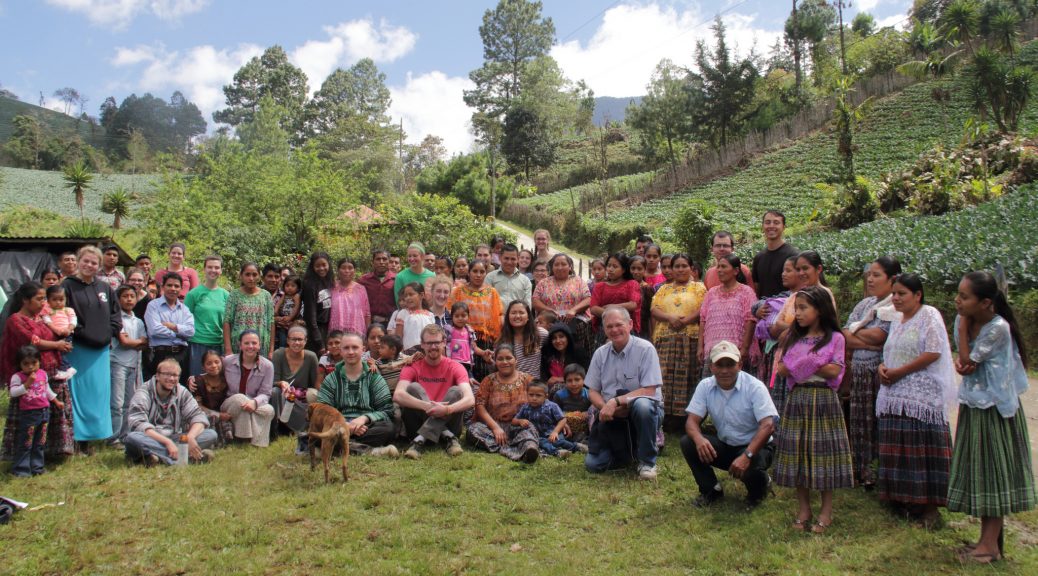Reflections on Life in Europe
I started off this cross cultural thinking that I had a leg up because I had traveled out of the country to Europe before, but I was sadly mistaken. Last time I was with my group of 20 something people carrying huge suitcases and matching backpacks, moving like a herd through towns with a tour … Continue Reading ››
